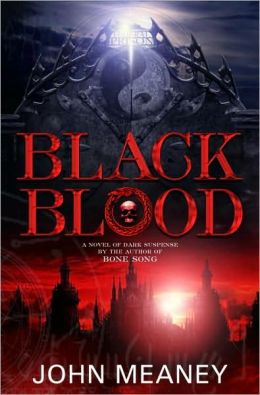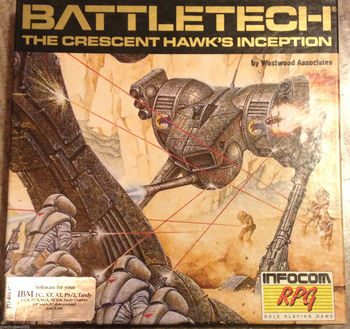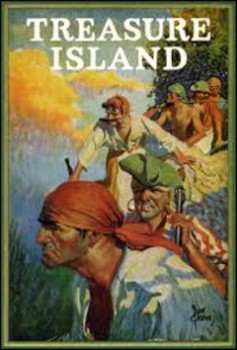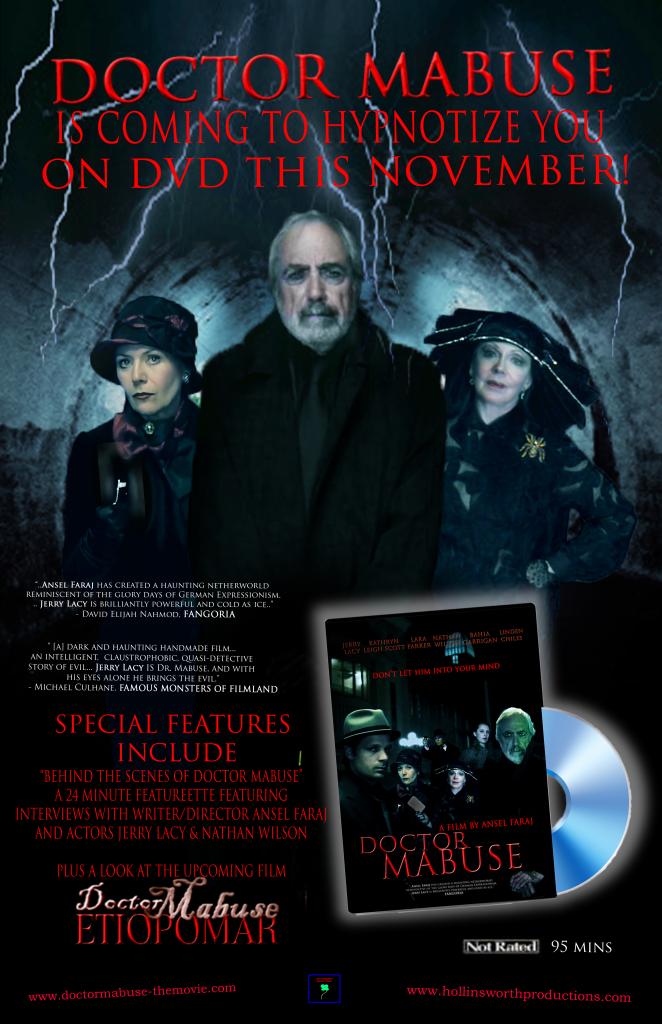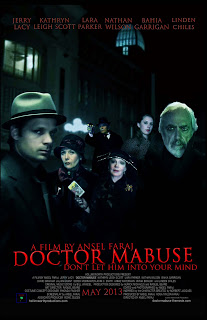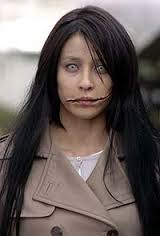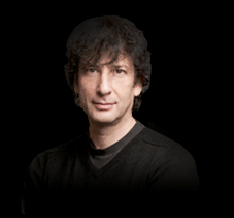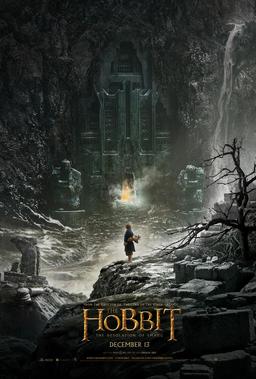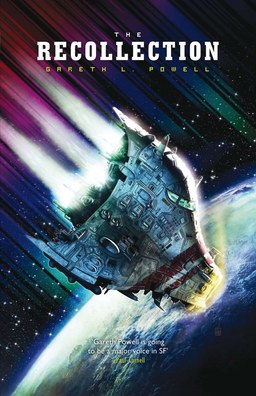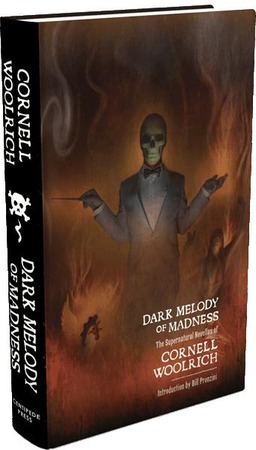Two Perspectives are Better Than One: A Review of A Short History of Fantasy
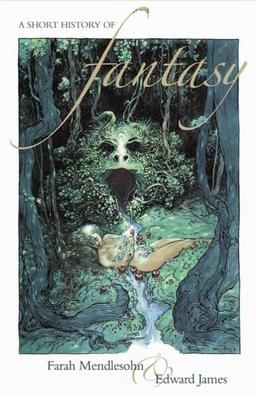 I recently reviewed L. Sprague de Camp’s 1976 Literary Swordsmen and Sorcerers and Lin Carter’s 1973 Imaginary Worlds. As good as both were, I lamented that there didn’t seem to be a history of fantasy past the mid 1970s.
I recently reviewed L. Sprague de Camp’s 1976 Literary Swordsmen and Sorcerers and Lin Carter’s 1973 Imaginary Worlds. As good as both were, I lamented that there didn’t seem to be a history of fantasy past the mid 1970s.
But thankfully, I was wrong. Enter Farah Mendlesohn and Edward James’s wonderful 2009 A Short History of Fantasy.
Besides treating all of the 70s, 80s, 90s, and even the first decade of the 21st century, this volume has other merits that de Camp and Carter’s lack. In sum, it is a more comprehensive and well-rounded approach to the subject. I’ll spend a little time highlighting why and then give some brief critical comments.
First, this book deals with more than just literature, per se. Mendlesohn and James also talk about movies, games, and even children’s lit in each period –- and most of the chapters tackle a single decade. I think this is insightful, in that it condenses all the possible influences that may have gone into fantasy.
For example, given that many fans will agree that Tolkien’s The Hobbit and C. S. Lewis’s Chronicles of Narnia were gateway drugs, so to speak, to their love of the genre, it makes sense to think more about other children’s fantasy and their connection to the field. For instance, Mendlesohn and James address in some detail such writers as J. K. Rowling and Philip Pullman. I think more should probably be written about the influence of children’s books upon fantasy.
Another huge advantage over de Camp and Carter is author perspective. There are two authors here; neither is American and one is a woman. It should be obvious that, usually, two perspectives are better than one; a second perspective can bring attention to things that a single author may miss. Thus, there’s a better chance that more diverse fiction will be covered and less minutia (there are drawbacks to this as well that I’ll get to later).
